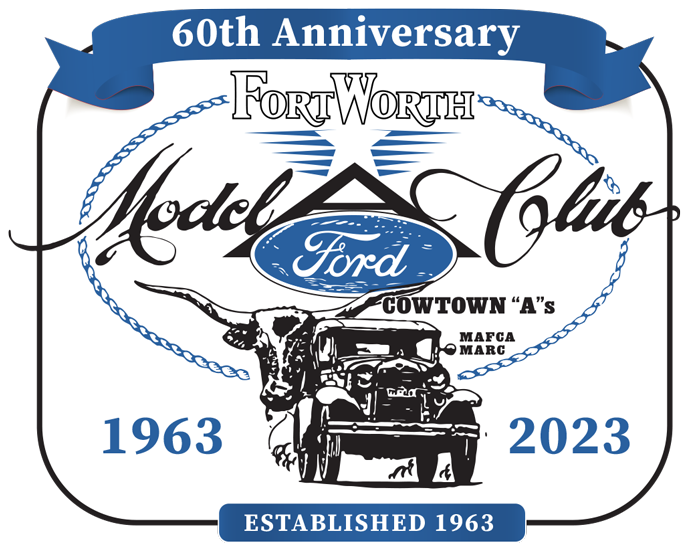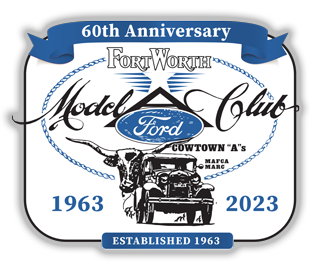Did You Know Question
Mary Brooks Picken’s Contribution to Fashion
A relatively unknown yet highly influential woman in the Model A era was Mary Brooks Picken. Mary transformed millions of women from clothing vendors to seamstresses capable of improving their lives and making money with their sewing machines. Mary published 96 books on sewing, needlework and textile arts.
Why Did Ford Only Sell Black Cars
Henry Ford once said something of this nature: "A customer may have a car in any color he desires, so long as it's black." Today, many people have taken this quote to mean that every Model T Ford, the car which undoubtedly made the American automobile affordable and "put America on Wheels," was painted black.
One Hundred Years Ago
One hundred years ago, as 1923 ended, Ford had produced 2,011,125 Model T’s that year alone. This is still today the highest figure ever achieved by a single model in a single year. Thanks to these production numbers, Ford was able to sell these cars at a low price. For example, you could buy a Runabout for $260, the equivalent of $4,815 today.
Model A Ignition System
Basically, the points fire the coil, the coil fires the plug, the spark at the plug starts the flame and the ignition systems job is done for that cycle. But of course, now for a few more details.
Georgia O’Keeffe and her Model ‘A’ Ford
O'Keeffe's Model ‘A’ Ford became an integral part of her artistic process, serving as both transportation and a mobile studio. It provided her with the means to venture into the desert and capture the es- sence of the Southwest, which became a significant influence on her art. The car's simplicity and reli-ability allowed her to travel to remote locations, enabling her to create her iconic paintings of the New Mexico landscape.
The Morgan Traffic Signal
Garrett Morgan (March 4, 1877–July 27, 1963) was an inventor and businessman from Cleveland who is best known for inventing a device called the Morgan Safety Hood and Smoke Protector in 1914. The invention was later dubbed the gas mask.
In 1920, Morgan moved into the […]
Questions & Answers
In the Snyder's Antique Auto Parts, -97, page A-38 is a device listed as "polarity tester" which is inserted twixt coil and distributor. It clearly shows arrows for "up" (coil). Text reads "..it indicates if you have the wires on your coil properly (installed)..." Is there a "coil only end" for a coil wire? New to me.
I'm preparing to install the wiring on my 1931 Victoria, and I'm looking for reference material that illustrates or describes how and where the wiring should be routed along the frame, including the placement of wire clips. Specifically, I want to know if the clips should be attached to the upper or lower edge of the frame rail, whether they go over or under the frame, and so on.
I'm facing a challenging situation where the distributor in my 1928 Fordor's engine is firmly stuck in the head. Do you have any recommendations for safely removing a distributor that seems to be stubbornly stuck?
Experiencing your ammeter becoming hot or warm under these conditions is not typical. This issue is often caused by loose nuts on the back of the ammeter, resulting in increased resistance and heat generation at the connection points. To resolve this problem, follow these steps...
My car has the drum tail light with the cast bracket attached to the rear body subframe, as it's a 1928 model. I'm looking for information about the dimensions and locations of the three holes on the right-hand side to mount the new RH bracket (Bratton's #19340).
I discovered, much to my surprise. that you were supposed to connect the battery cables in reverse of what I had always done on other cars --- red to negative etc. I did this after pulling the battery for a charge and then reconnecting - Pretty dumb ! Incidentally, when using a battery charger to charge your battery, do you also hook up the red to the negative post and ground to the plus pole?
It seems like the leads on the Ammeter might be reversed, or they could have been switched at the terminal box posts. Fortunately, it's a simple solution. Remove the instrument panel and reverse the leads on the back side of the ammeter.
Could you please provide the original dimensions of the battery used in the 1928-1931 Model A Ford? I'm interested in knowing the exact measurements to ensure I have the correct size for my vehicle's restoration.
I'm looking for information regarding the location dimensions for the three holes on the right-hand side to mount the new RH bracket (Bratton's #19340). Additionally, I would appreciate any details on the clinch nuts required to install in the subframe rail.


